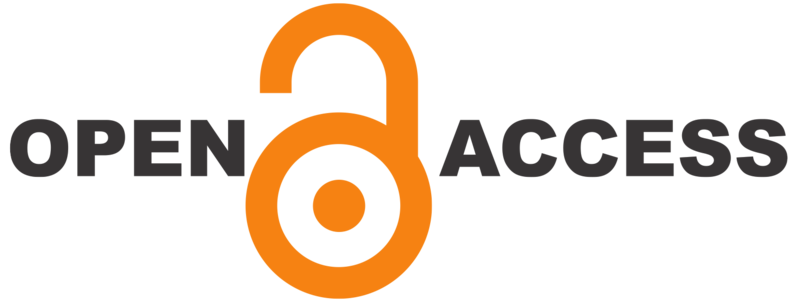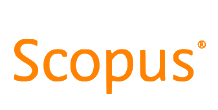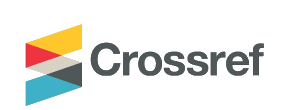Employability: aligning the message, the medium and academic values
DOI:
https://doi.org/10.21153/jtlge2010vol1no1art545Keywords:
employability, graduate attributes, capability, curriculumAbstract
For a long time, links have been made between higher education and economic activity. The relatively recent emphases on employability (in the UK) and graduate attributes (largely in Australia) can be construed as contemporary variations. This article describes some of the developmental work that has taken place in the UK but which has obvious relevance to other higher educational systems. Reticence to embrace employability in curricula may in part be due to the failure to present a convincing evidence-base: two initiatives in England have attempted with some success to rectify the weakness. The article concludes by outlining some of the challenges that face both institutions and the higher education sector if employability is to be taken seriously.
Metrics
References
AUQA (2009). Setting and monitoring academic standards for Australian higher education (Discussion paper). Retrieved 2 December 2009 from www.auqa.edu.au/qualityenhancement/academicstandards/discussion-paper.pdf
Barrie, S.C. (2004). A research-based approach to generic graduate attributes policy. Higher Education Research and Development, 23 (3), 261-275.
Barrie, S.C. (2006). Understanding what we mean by generic attributes of graduates. Higher Education 51 (2), 215-241.
Barrie, S.C. (2007). A conceptual framework for the teaching and learning of generic graduate attributes. Studies in Higher Education 32 (4), 439-458.
Barrie, S.C. (2009). Setting and monitoring academic standards for Australian higher education (Memorandum to AUQA in response to the Discussion Paper). Retrieved 2 December 2009 from www.auqa.edu.au/qualityenhancement/academicstandards/responses/39.pdf
Becker, G.S. (1975). Human Capital. (Rev.ed.). Chicago: The University of Chicago Press. Bligh, D. A. (1998). What is the use of lectures? Bristol: Intellect.
Bloom, B.S. (1956). Taxonomy of educational objectives, Handbook 1: cognitive domain. London: Longman.
Bowden, J., Hart, B., King, B., Trigwell, K. and Watts, O. (2000). Generic capabilities of ATN university graduates. Retrieved 30 November 2009 from www.clt.uts.edu.au/ATN.grad.cap.project.index.html
Cairns, L. and Stephenson, J. (2009). Capable workplace learning. Rotterdam: Sense Publishers
Committee on Higher Education (1963). Higher Education (Report of the Committee appointed by the Prime Minister under the chairmanship of Lord Robbins, 1961– 1963). London: Her Majesty’s Stationery Office.
Eraut, M.(2004). A wider perspective on assessment. Medical Education 38 (8), 803-804.
Flavell, J.H. (1979). Metacognition and cognitive monitoring: A new area of cognitive developmental inquiry. American Psychologist 34 (10), 906–911.
Harvey, L., Moon, S. and Geall, V. with Bower, R. (1997). Graduates’ work: organization change and students’ attributes. Birmingham: Centre for Research into Quality and Association of Graduate Recruiters.
Hase, S. (1998). Work-based learning for learning organizations. In J. Stephenson and M. Yorke (Eds.), Capability and quality in higher education (pp.69-76). London: Kogan Page.
Knight, P. and Yorke, M. (2004). Learning, curriculum and employability in higher education. London: RoutledgeFalmer.
Krause K.-L. (2009). Griffith University response to the Australian Universities Quality Agency Discussion Paper Setting and monitoring academic standards for Australian higher education. Retrieved 2 December 2009 from www.auqa.edu.au/qualityenhancement/academicstandards/responses/11.pdf
Leitch, S. (2006). Prosperity for all in the global economy – world class skills (Final Report of the Leitch Review of Skills). Norwich: Her Majesty’s Stationery Office.
Meyers, N.M, Whelan, K.A., McNulty, D. and Ryan, Y. (2004). Enhancing the transition of first year science students – a strategic and systematic approach. Proceedings of the 8th Pacific Rim Conference on the First Year in Higher Education: ‘Dealing with Diversity’. Retrieved 3 December 2009 from http://www.fyhe.com.au/past_papers/papers04.htm
Quin, R. (2009). Curtin University’s response to Setting and Monitoring Academic Standards for Australian Higher Education: a discussion paper. Retrieved 2 December 2009 from www.auqa.edu.au/qualityenhancement/academicstandards/responses/18.pdf
Ryle, G. (1949). The concept of mind. London: Hutchinson.
Schön, D. (1983). The reflective practitioner: how professionals think in action. New York: Basic Books.
Stephenson, J. and Weil, S. (1992). Quality in learning. London: Kogan Page.
Wolf, A. (2002). Does education matter? Myths about education and economic growth. London: Penguin.
Wright, A. (2002). Foundations for change (Final Report of the Skills plus project’s external evaluator). Retrieved 30 November 2009 from www.heacademy.ac.uk/resources/detail/ourwork/employability/employability23
Yorke, M. (2006). Employability in higher education: what it is – what it is not. York: The Higher Education Academy. Also retrieved 3 December 2009 from www.heacademy.ac.uk/assets/York/documents/ourwork/tla/employability/id116_e mployability_in_higher_education_336.pdf
Yorke, M. and Knight, P. (2006). Embedding employability into the curriculum. York: The Higher Education Academy. Also retrieved 2 December 2009 from www.heacademy.ac.uk/assets/York/documents/ourwork/employability/id460_embe dding_employability_into_the_curriculum_338.pdf











